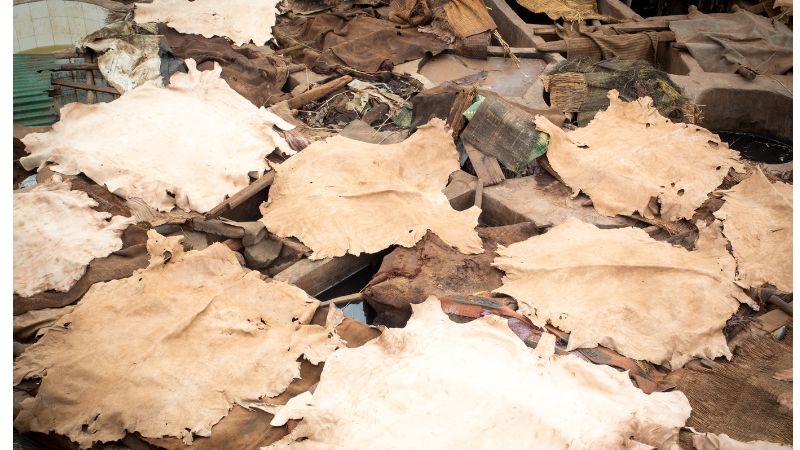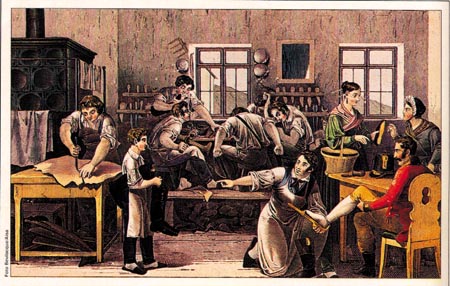
The History of Leather: From Antiquity to Modernity
Leather is one of the oldest materials used by humanity, with a history that dates back thousands of years. Since the earliest civilizations, leather has played a crucial role, being used in clothing, shelter, footwear and, later, in luxury items such as bags and accessories.
Ancient Origins
The first records of the use of leather date back to around 5,000 BC, when ancient civilizations discovered that animal skins could be treated to make them durable and flexible. The Egyptians, for example, used leather to make sandals, shields and clothing. The Romans improved the technique, developing the use of leather in armor, tents and military equipment.
Evolution in the Tanning Process
The tanning process, which is the treatment of hides to prevent them from decomposing, has evolved over the centuries. Initially, it was done in a rudimentary way, using natural methods such as smoking and the use of vegetable oils.
Over time, new techniques were developed, such as the use of vegetable tannins extracted from trees, which became the main method in the Middle Ages.
Leather in the Middle Ages and Renaissance
During the Middle Ages, leather became a status symbol. Craftsmen began to perfect their techniques, creating luxury items for the nobility, such as belts, bags and shoes. During the Renaissance, leather reached a new level of sophistication, with the emergence of engraving and painting techniques, which allowed for the personalization of pieces.
The Industrial Revolution and Mass Production
The Industrial Revolution in the 18th century brought significant changes to leather production. Machines allowed for large-scale production, and leather became more affordable to the general public. New chemical tanning methods, such as the use of chromium, sped up the process and increased the durability of the material.
Leather in Contemporary Fashion
In the 20th century, leather established itself as a prestigious material in the fashion world. Major brands began to use leather in their creations, producing bags, shoes and accessories that became icons of style and elegance. The quality of the leather, combined with its innovative design, has ensured that this material continues to be desired and valued to this day.
Sustainability and the Future of Leather
In recent years, the leather industry has faced challenges related to sustainability. With increasing environmental awareness, new technologies have emerged that seek to make the tanning process more environmentally friendly, as well as initiatives to ensure animal welfare and the traceability of hides.
Leather continues to be a symbol of tradition and quality, but it is also constantly evolving to meet the demands of the modern consumer, who seeks products that are both luxurious and sustainable.
The history of leather is rich and diverse, reflecting the evolution of craftsmanship and the cultural importance of this material over the centuries. Today, when you purchase a leather bag, you are not only investing in a functional and stylish accessory, but also in a product that carries centuries of tradition and innovation.


